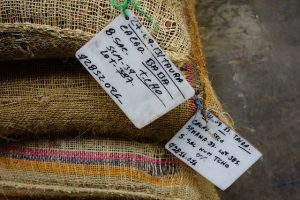 The first ´traveller´ to sample chocolates bitter sweet charms was Christopher Columbus in 1502, although it´s likely that the Indigenous Maya and Aztec people had already been drinking it for the previous thousand years. The cacao bean itself had originated in South America millions of years before and is now being reclaimed by its discoverers, yep, chocolate is coming home.
The first ´traveller´ to sample chocolates bitter sweet charms was Christopher Columbus in 1502, although it´s likely that the Indigenous Maya and Aztec people had already been drinking it for the previous thousand years. The cacao bean itself had originated in South America millions of years before and is now being reclaimed by its discoverers, yep, chocolate is coming home.
Artisan and organic chocolate is the subject on every foodie´s lips right now, but, what is it exactly? We talked to the experts to discover what it is that makes South American chocolate so special.
Jeffrey Stern– Chocolate consultant/ founder Ecole Chocolates/ tour guide. Former US citizen living in Ecuador with his Ecuadorian wife and their children. Jeff has been working with chocolate for many years and is an expert and teacher on its many aspects.
Santiago Peralta – Founded with his partner Carla Barboto. An Ecuadorian chocolate expert/ connoisseur whose single-country- origin chocolates have won several international awards.
Aroma de Cacao is the world´s finest chocolate bean and is made all the more special by its scarcity, accounting for only 2.5% of global production. Over 70% of all Aroma de Cacao grown come from Ecuador or Peru and recently the trend turned against only exporting the cacao and importing chocolate manufactured from cheap, less flavoursome beans and instead producing high quality chocolate at home. Jeff took us through the process from ´tree to bar´ and how to preserve the unmistakable flavour of pure chocolate.
Jeff: Beans are first harvested, removed from the pods and fermented in heaps, usually in wooden boxes. Then, they are dried. Beans are then roasted, winnowed (shells removed), and the nibs (raw chocolate) are then ground into what is called cocoa paste or ´liquor´. Sugar is then added to the paste and it is further refined, at which point it can then be called chocolate. The mass is then crystallized (tempered) to give the chocolate its shine and snap.
On the subject of making the change from bean grower to chocolate producer, Santiago added: The best cocoa from native plants occurs in our region. This allows us to make the best chocolates, both for quality and taste. Importing chocolate with low quality African cacao into Ecuador at the same time as growing the best cacao in the world was a contradictory situation, therefore we decided to create a change, both in our product proposal and in consumer preferences.
So with this return to appreciating the intricacy of the bean and its processing, are chocolate connoisseurs the new wine buffs?
Jeff: A movement of artisan bean-to-bar chocolate makers is growing, but it´s not nearly that level yet. A large part of the challenge is that the cocoa bean market is not nearly as sophisticated as say, the coffee bean market, and it´s difficult to get such a wide variety of beans. That being said, there is a wide variety of flavour profiles of chocolate depending on the bean origin, growing regions, climate and other factors.
Santiago: We try to innovate and to use a variety of ingredients, imaginative ancestral flavors and keep to being 100% organic. This includes rescuing regional flavors like lemon grass, blueberry, salt of Cusco (local salt mine) or gooseberry, which reveal a part of our identity and bring our products to life.
Jeff is keen to talk further on the subject of new chocolate gastronomyand food combinations: Some of the new pairings out there, such as chocolate and cheese, I really don´t believe in. I think it´s just hype and marketing to go for increasingly exotic pairings. Also red wine and chocolate doesn´t pair well for me – some chocolates can be rather astringent and the pairing with say, a bold red can really be like sucking on a tea bag. That being said, some chocolates with a stout, ale or other beers can go well. Some more exotic pairings that go well, especially in a ganache or dessert filling, are milk chocolate with passion fruit and dark chocolate can be enhanced with berries.
Whatever the differences in opinion about the culinary combinations of chocolate it is clear that choco-tourism is a growing trend, Jeff told us more about tasty chocolate tourism: Our tours focus on the chocolate – the beans, and learning about the early factors that affect the final flavour of the chocolate. This includes fermentation and drying techniques especially, and then roasting and processing. We visit farms, brokers, businesses, cocoa processors, exporters and chocolate makers. We also try to give visitors a deep insight into how cocoa moves from farm to exporter to market to chocolate maker; it´s actually a pretty dysfunctional supply chain! It´s good for people to understand just how complicated things are and how much time and effort it takes for beans to make it all the way to your chocolate bar in the supermarket. And yes, we do get to ´test´ plenty of chocolates and cocoa paste along the way!
ALL IMAGES: Copyright of Jeff Stern.
TEXT: www.traveljust4u.com.au
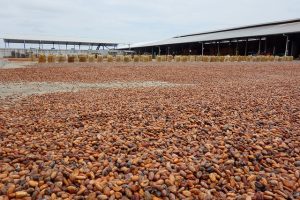
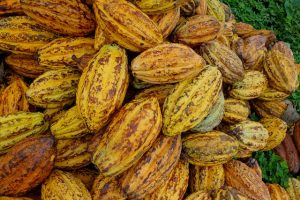
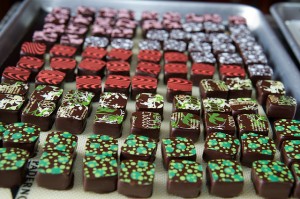
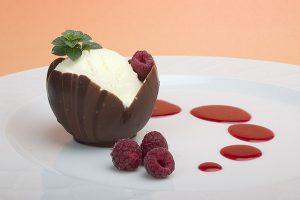
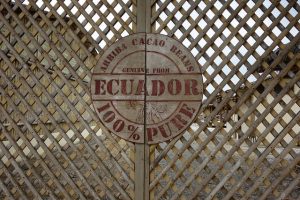
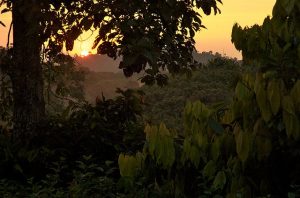




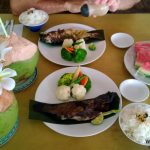
Leave a Reply